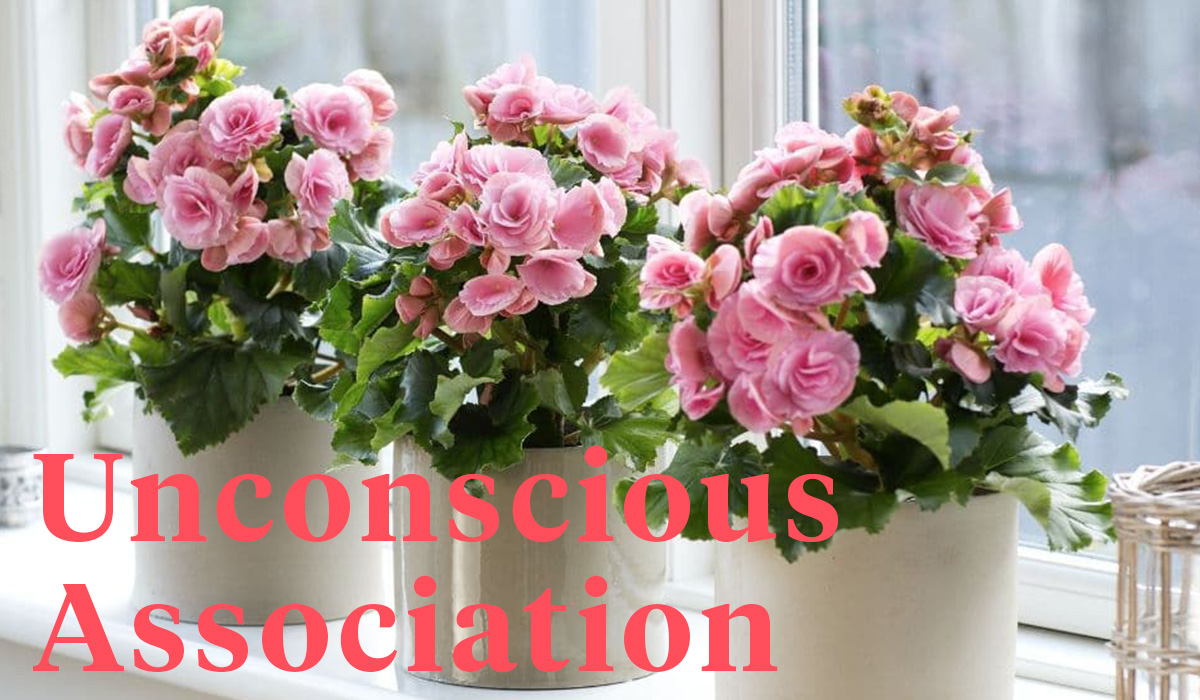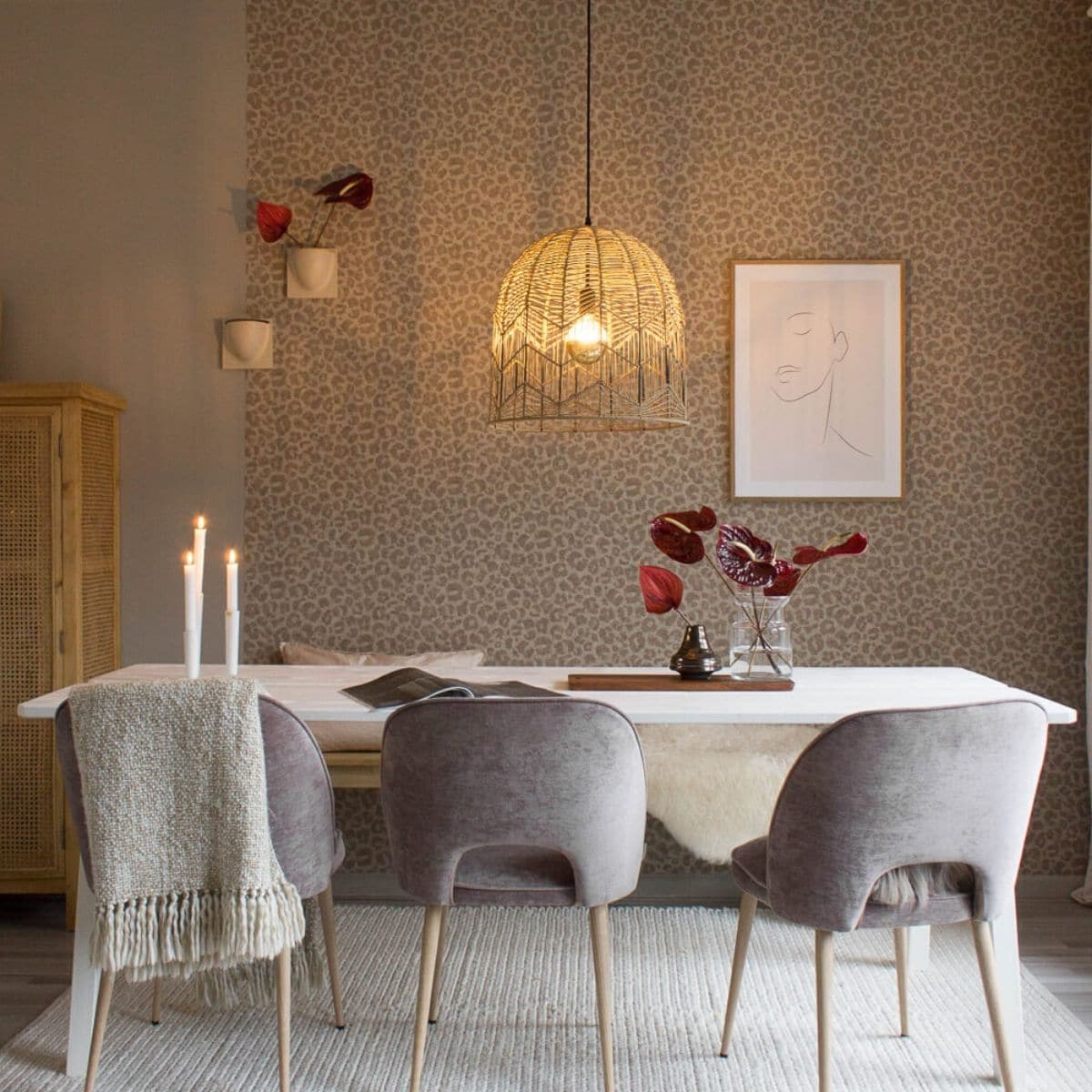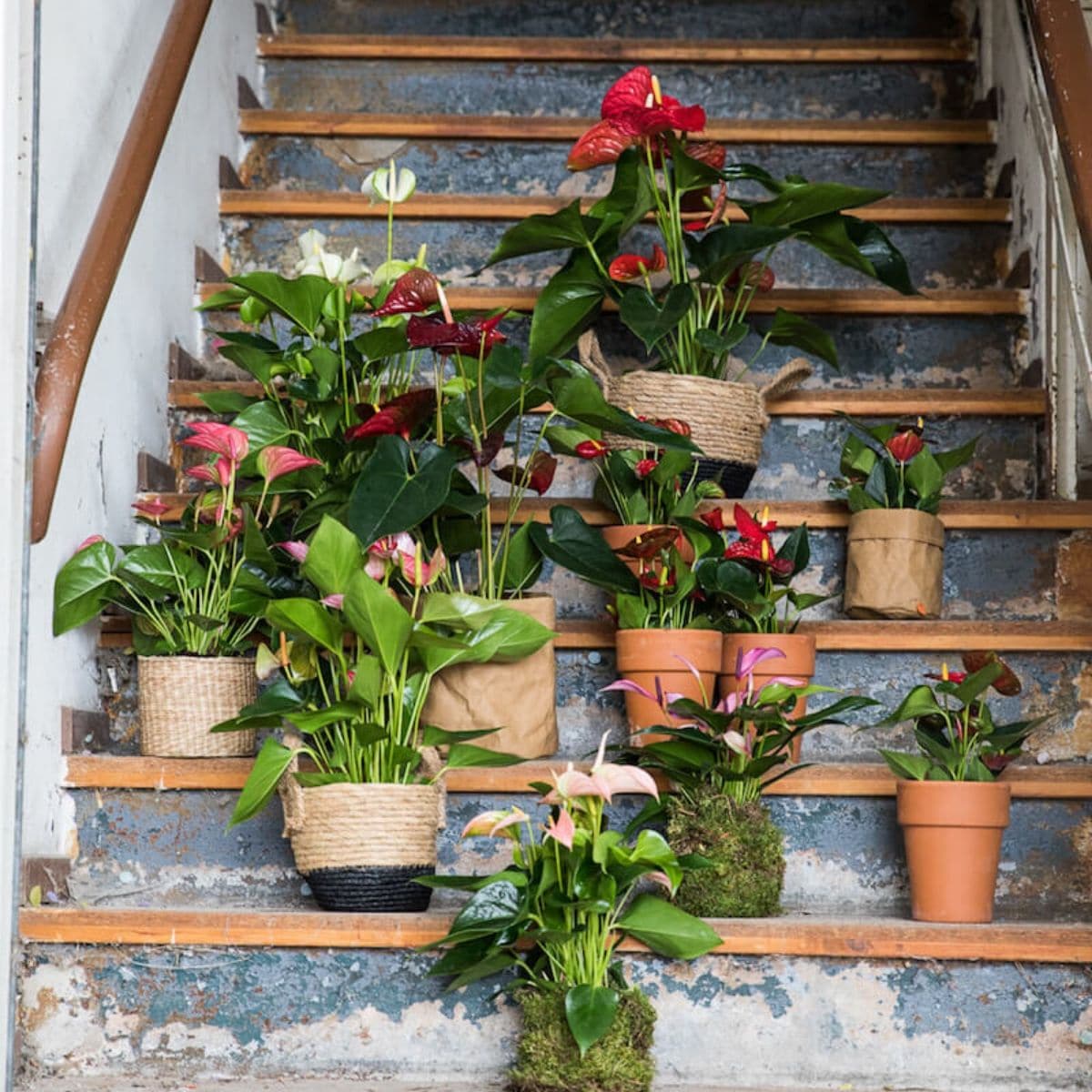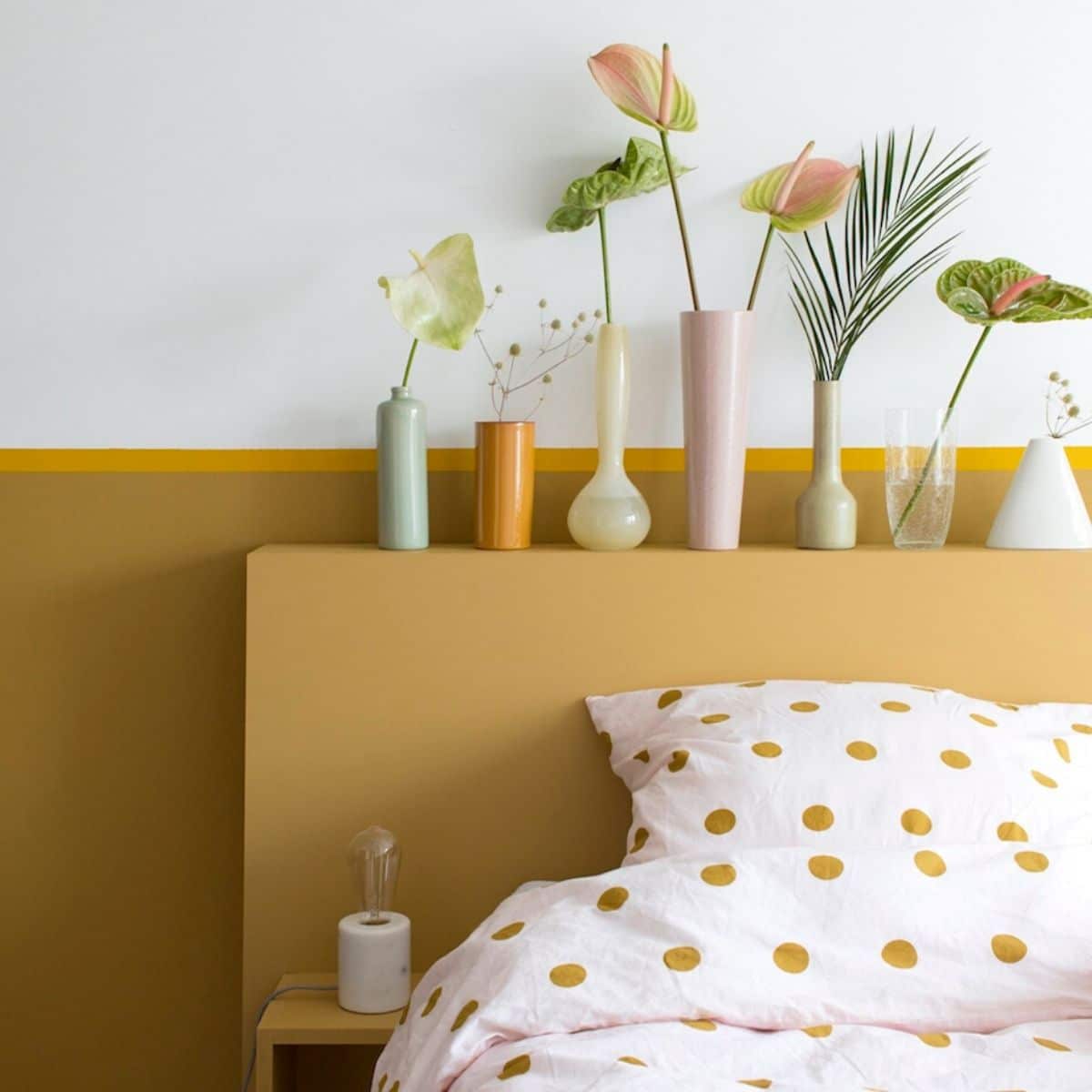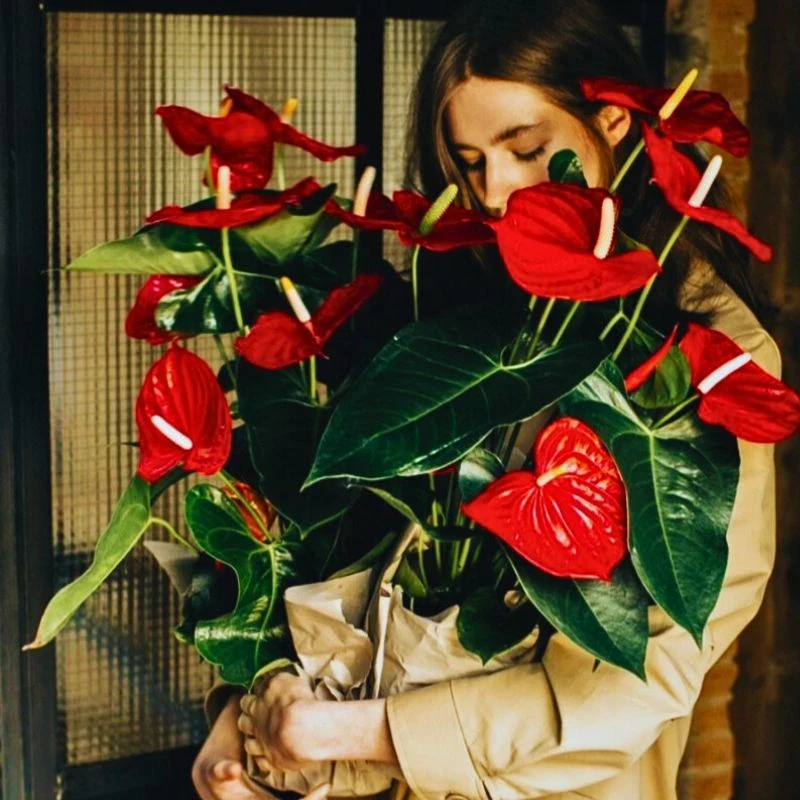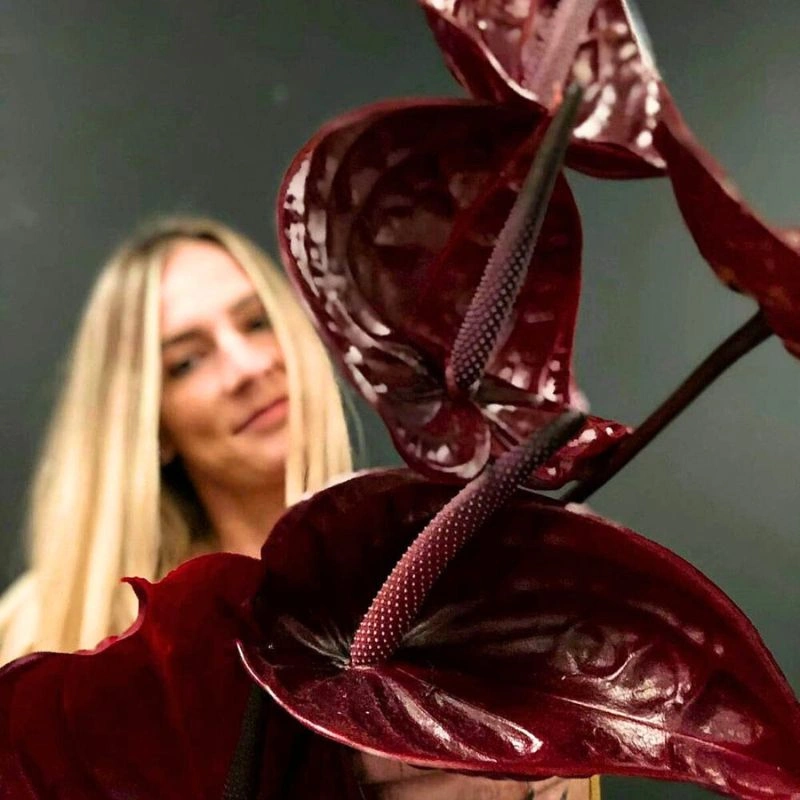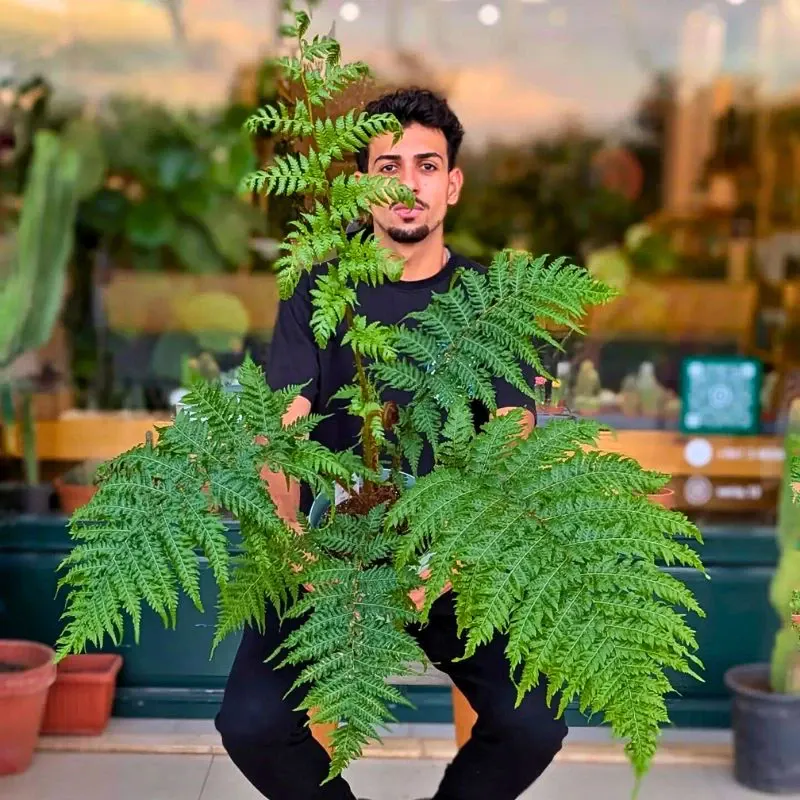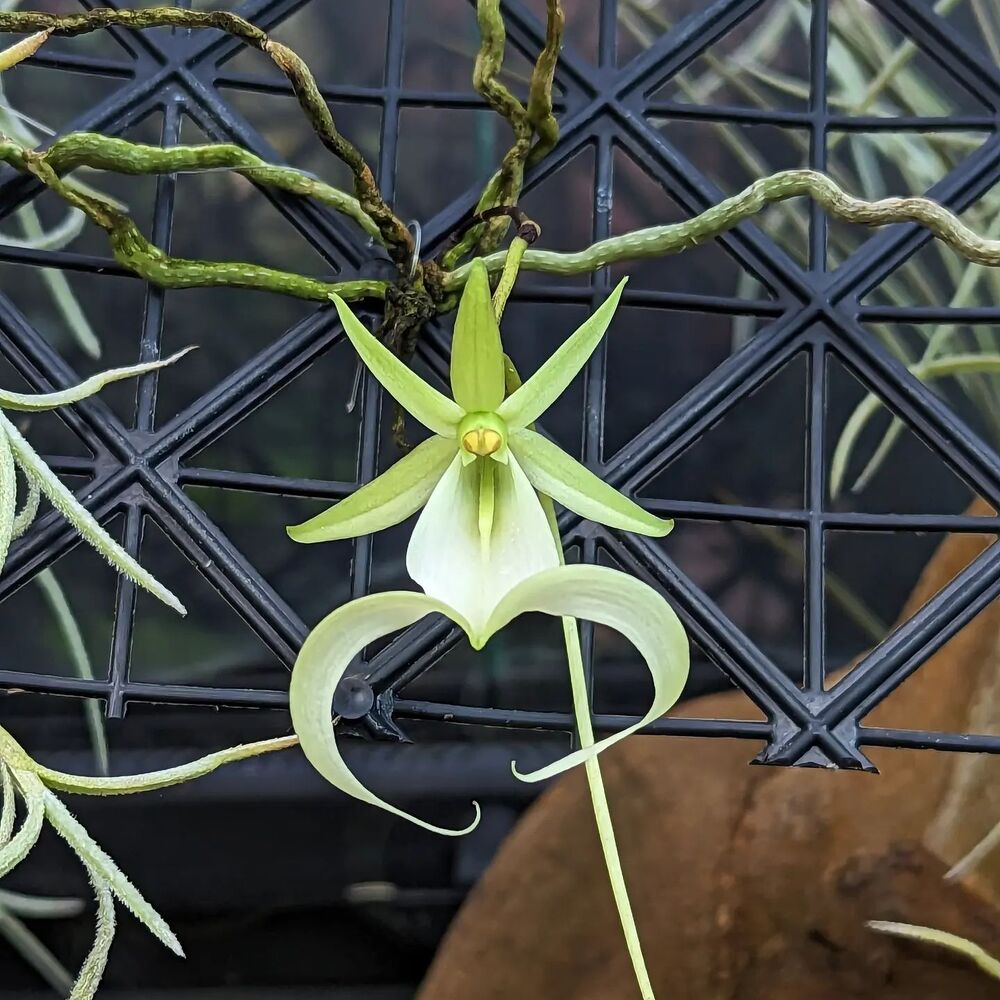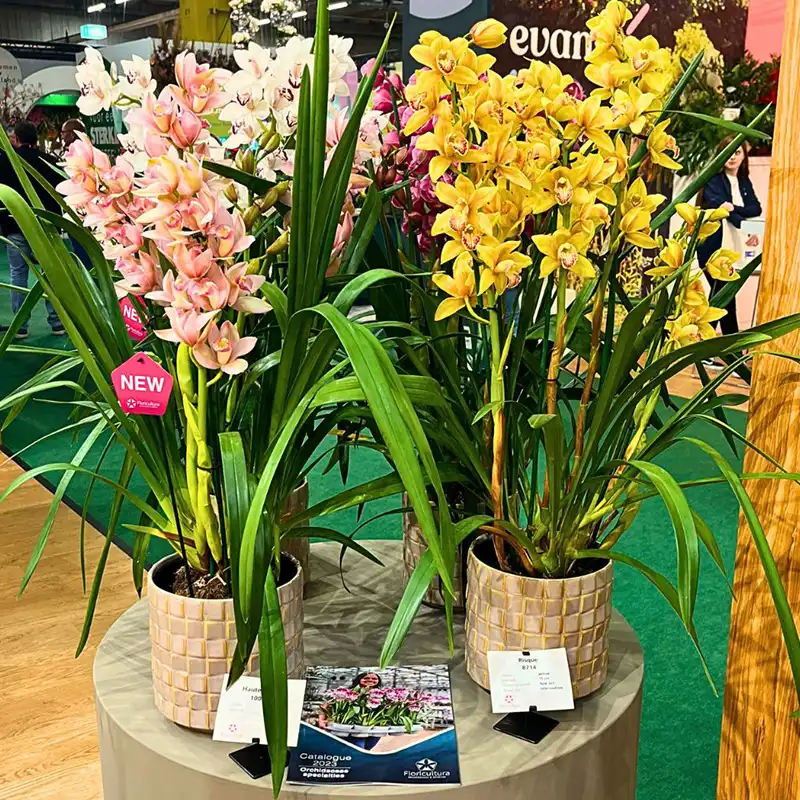The Begonia on my Grandmother's Windowsill
Unconsciously we have an association with a lot of products. That has to do with our subconscious in which we have stored those associations. When you have seen something before, it is stored in your memory and has made an impression on you - consciously or unconsciously. You know, "The Begonia that was on my grandmother's windowsill." You have a certain feeling about that impression. Although that impression can be updated as well, as you can see in the picture below from Floradania.
What is in Fashion?
Fashion is extremely good at unconsciously influencing 'what's trending'? And in 'what is in fashion'? As an example, my wife really hasn't figured out whether she likes the latest shoes. Her opinion has been influenced, although she doesn't really realize it. Her opinion and feelings are changed bit by bit. An impressive image in a magazine, the shoes are shown on television in a great ad, seeing them when walking by a window sill of a high-end shop, and of course on her social media - where it appears in her Instafeed. In short, the shoes she bought have slowly been forced upon her, little by little.
Influencers
Neuromarketing is very present in our everyday lives. And my belief is that all sales start with making sure your product is in the picture. How? I think nowadays it's all about 'getting your floral products on the timeline of the lady'. Because still, a very large percentage of the purchase of flowers and plants is made by women. 90% of all flowers and plants are bought by a woman and the remaining 10% as a present for a woman. So, for me as a marketer, neuromarketing in floriculture is adjusted mainly to the female population and is, in my opinion, the new challenge for the flower and plant sector. There are some examples of influencers who are able to do so. Master Florist, Floral Fundamentals, Peter van Delft, and of course many designer florists, such as Alina Neacsa and Dmitry Turcan. But they focus mainly on the B2B area. Besides Flower Council Holland, I do not know of so many players off who influence consumers directly. There's an opportunity here.
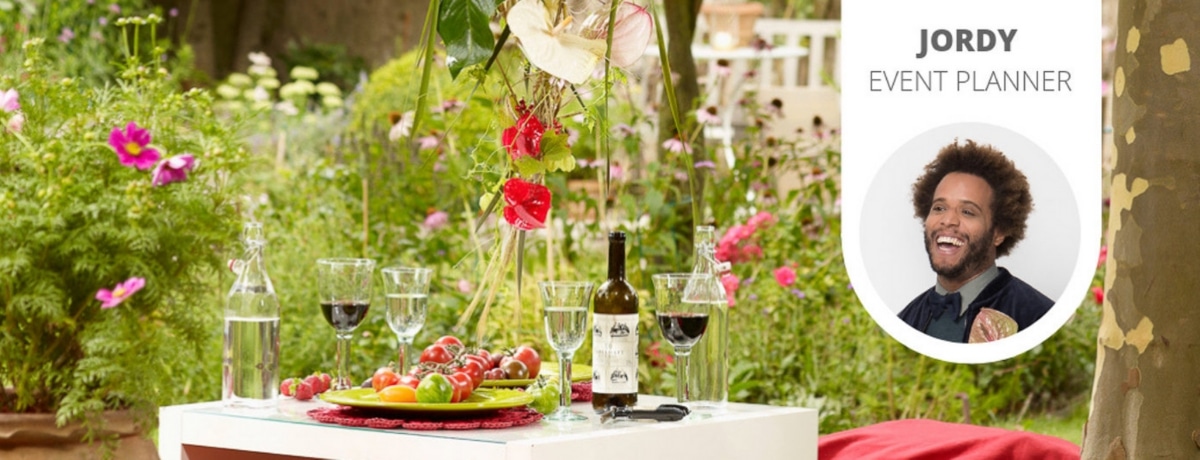
Purchase activation
And then, it also remains a challenge to come to the real purchase activation. The well-known term 'shopper activation' comes around the corner. First, of course, B2B; the florist buys this flower - e.g. Anthurium - and puts it for sale in his shop. Or, nowadays, it is first shown on the florist’s Instagram account. That is happening a lot. But now the consumer also has to see it. The same Anthurium has to show up in the consumers’ timeline because he/she is following their local florist. Or that person sees it in their timeline, posted by another source. It is important that that same Anthurium is seen on the timeline of that person. How to do that? That's a challenge we all face in floriculture.
When Neuromarketing in Floriculture Works
That's it! When local customers are properly influenced (neuromarketing), they will be prepared to spend on the flower they have seen. Then, they want an Anthurium! When this Anthurium is in stock at the florist, then the price is no longer an issue. If we can generate neuromarketing in floriculture, the next challenge is that the grower also gets a profitable price for it, so he can deliver not only today but also next year. In short: smart selling is required. This means that we don't sell below each other's prices. In floriculture, this means that we offer our products attractively collectively, without a florist having to press that lowest price button. When a florist knows that the Anthurium Red Tropical 13cm flower diameter will not be sold below 80 cents by the grower, the florist doesn't have to worry about it. And when marketing is collectively organized, the grower then only has to worry about what he is good at, which is growing good quality products. Everybody is happy! #SmartSalesStartsWithPuttingTheFlowerOnTheSpot -Louis Kester

